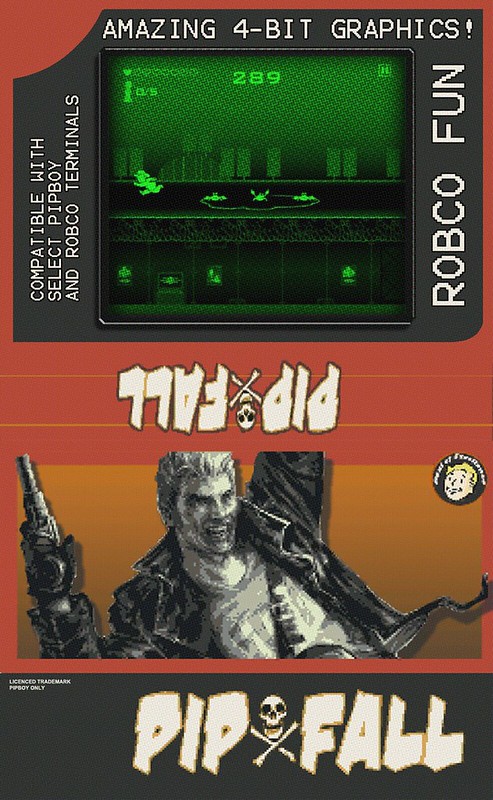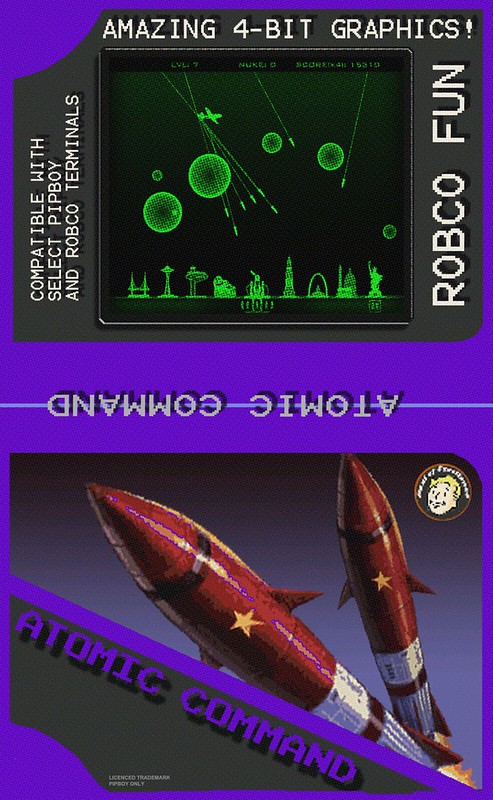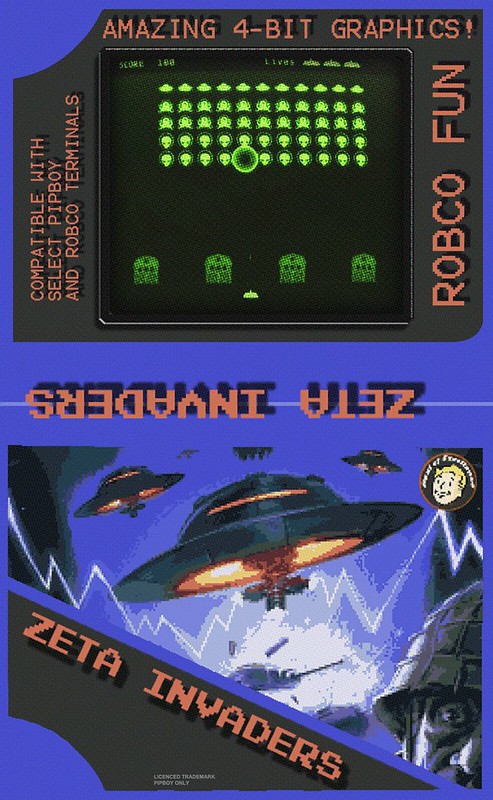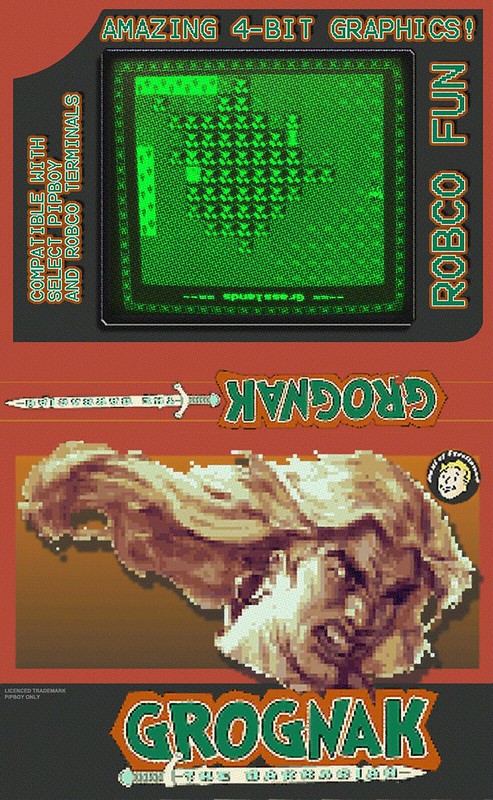First off I appreciate your feedback, and for following the project so closely for all this time.
When I first started the project I researched for hours trying to find a candidate device to cannibalize for its brains and screen.
I setup a spreadsheet with about a dozen candidate devices, but I couldn't find any devices which has a 4:3 3.5" to 3.7" LCD screen. (Everything was 16:9). Even if I found a device that fit, the screen is most likely not on a ribbon cable, and couldn't be re-located, forcing the whole phone to fit behind the screen. Most devices have lots of extra length past the phone. This would break the game accurate shape, and push it into Pip-Boy edition type scaling.
I haven't found any android compatible PCB which has everything needed. The Udoo Neo was so promising, it's only major issue electrically was they used a LVDS screen interface and custom connector. But they haven't released hardly any useable software, I think they hoped to release the device and that their customers would do all the work and post it to their forums. So far people have only been able to get the bare minimum feature working. While the BeagleBone has been on the market for years and I can find all the information will need.
At this point I want to get back into full swing on the project, and I think GhostMinion is right. Get the bare minimum features working. They will be hard enough. Even with the minimum features the build is still far more advanced than what Adafruit or anyone else has built previously. (Okay NASA did pretty good on theirs)
Also, part of this project is to over engineer everything, sort of as an exercise for my own learning. My goal was and still is to design the Pip-Boy as if it were really made by Vault-Tec. I didn't want to wire together 15 different circuit boards and cram it into an enclosure, which is so commonly done on Pi builds. I have already done too many hobby projects in the past that required tons of hot-glue and dremeling. Take my most popular project: My Ammo PC. One of the first gaming PC mods ever made which was a complete transformation, making it unrecognizable as a PC. The front panel looks cool as hell. The backside of that panel however is literally a rats nest of wires and hot-glue.
I think I will simply get cracking on getting one item at a time to work on the electronics. If I do my design right, I can add features in stages. When I first started with the Beaglebone using Python and Ubuntu I was able to get sensor data working the same day I got the board.
When I first started the project I researched for hours trying to find a candidate device to cannibalize for its brains and screen.
I setup a spreadsheet with about a dozen candidate devices, but I couldn't find any devices which has a 4:3 3.5" to 3.7" LCD screen. (Everything was 16:9). Even if I found a device that fit, the screen is most likely not on a ribbon cable, and couldn't be re-located, forcing the whole phone to fit behind the screen. Most devices have lots of extra length past the phone. This would break the game accurate shape, and push it into Pip-Boy edition type scaling.
I haven't found any android compatible PCB which has everything needed. The Udoo Neo was so promising, it's only major issue electrically was they used a LVDS screen interface and custom connector. But they haven't released hardly any useable software, I think they hoped to release the device and that their customers would do all the work and post it to their forums. So far people have only been able to get the bare minimum feature working. While the BeagleBone has been on the market for years and I can find all the information will need.
At this point I want to get back into full swing on the project, and I think GhostMinion is right. Get the bare minimum features working. They will be hard enough. Even with the minimum features the build is still far more advanced than what Adafruit or anyone else has built previously. (Okay NASA did pretty good on theirs)
Also, part of this project is to over engineer everything, sort of as an exercise for my own learning. My goal was and still is to design the Pip-Boy as if it were really made by Vault-Tec. I didn't want to wire together 15 different circuit boards and cram it into an enclosure, which is so commonly done on Pi builds. I have already done too many hobby projects in the past that required tons of hot-glue and dremeling. Take my most popular project: My Ammo PC. One of the first gaming PC mods ever made which was a complete transformation, making it unrecognizable as a PC. The front panel looks cool as hell. The backside of that panel however is literally a rats nest of wires and hot-glue.
I think I will simply get cracking on getting one item at a time to work on the electronics. If I do my design right, I can add features in stages. When I first started with the Beaglebone using Python and Ubuntu I was able to get sensor data working the same day I got the board.
Last edited by a moderator:

















